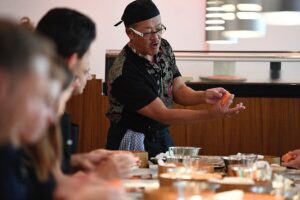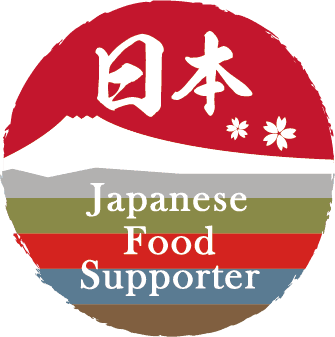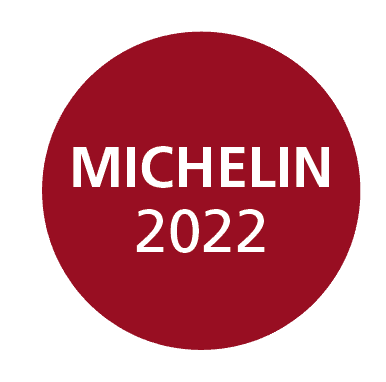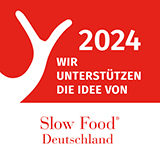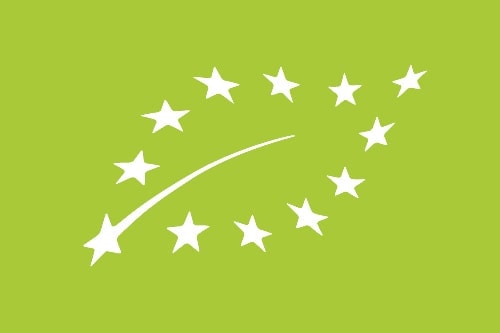The japanese cuisine, Sushi, Sashimi, Kaiseki, Bentō — alles spannende Schlagworte, die teilweise bereits Einzug in den normalen deutschen Sprachgebrauch gefunden haben und die bei Köchen und kulinarisch begeisterten Menschen das Herz schnell höher schlagen lassen. Aber bei weitem nicht alles wird dem auch gerecht – viele Restaurants werben mit japanische Küche, obwohl sie keinen japanischen Geschmack bieten und es gibt sogar Küchenstile, die sich den Glanz japanischer Küche leihen wollen aber damit nichts zu tun haben. Hier ein paar Worte dazu, was aus unserer Sicht „Nanchatte“ ist, nett gemeint, aber nicht gekonnt oder eben nicht legitimerweise mit japanischer Küche verschlagwortet.
Sushi without a proper base
Dass der Reis das Wichtigste am Sushi ist, liegt dieser bekannten Küchenrichtung schon in der Etymologie: denn die Schriftzeichen für Sushi bedeuten soviel wie „mildgesäuerter Reis“.
Immer wieder werden wir gefragt, wo wir den Fisch herbekämen, mit dem Unterton, dass das das Wichtigste am Sushi wäre. Aber das Wichtigste beim Sushi ist „Alles!“ wie Meister Yagawa sagen würde – und das fängt beim Reis an. Der richtige Reis muss richtig gekostet und gewürzt werden, damit sich am Ende der richtige Geschmack ergeben kann. Viel Wissen um die Behandlung von Fisch und Schneidetechniken und so weiter und so fort kommen hinzu. Kein Wunder, dass gerade eine Stadt wie München überflutet ist von „Schein-Sushi-Restaurants“, die einem die Lust an gutem Sushi eher verleiden. Da wird dann gerne flambiert und mit Saucen überdeckt, was unten drunter, in der Basis, nicht gelungen ist, nämlich das feine Austarieren von Reis, Reisessig, manueller Bearbeitung jedes einzelnen Sushi und am Ende aller anderen Zutaten wie Fisch, Gemüse, Nori, Wasabi. Mehr dazu an anderer Stelle, aber gerade beim Sushi trennt sich mit jedem einzelnen Teller die Spreu vom Weizen.
Nikkei is not Japanese cuisine
Nikkei cuisine has been the talk of the town in recent years, including here in Munich. It looks like a modern, more colorful mix of Peruvian and Japanese cuisine. Raw fish, sashimi, high quality, sushi but with a modern twist, perhaps with a little more spiciness is the image that emerges. In advertising texts, one often reads that Nikkei has the high quality and perfection of Japanese cuisine, but adds the rich flavors of Peruvian cuisine.
Mit dieser Einschätzung tun wir uns aus unserer Erfahrung etwas schwer. Denn die die japanische Küche bedient sich ja eben einer Vielzahl von aufwendigen Zubereitungstechniken, um den Produkten ihre subtilen und tiefen Aromen zu entlocken. Es erscheint widersinnig, dass man sehr viel Aufwand in ein Gericht steckt, um tiefe und subtile Aromen zu erzeugen und dann eine scharfe Sauce drüberstülpt.
Die Realität ist unserer Erfahrung nach meistens, dass Nikkei nur einen Abglanz der japanischen Küche verwendet, beispielsweise durch die Verwendung von einem Ausgangsmaterial wie rohem Fisch oder dem Schlagwort Sashimi oder Sushi, dem aber dann statt dem aufwändigen japanischen Prozeß nur eine intensive Sauce oder „Ceviche“ angedeihen lässt.
Nikkei cuisine largely unknown in Japan
In fact, there is no Nikkei cuisine in Japan, and it is safe to say that hardly any Japanese in Japan know of its existence.
For chefs who follow the Japanese cooking method and use their skills to create modern Japanese cuisine, Nikkei is a cuisine from a completely different country to Japan.
Where the name Nikkei comes from
Nikkei is a kind of term for Japanese immigrants in South America and other countries. Their children and grandchildren, who knew nothing about life in Japan, had tried to serve Japanese-style dishes that they had learned from their parents or grandparents as a kind of Japanese cuisine.
The history of Nikkei begins with the arrival of Japanese immigrants in Peru, particularly since 1899. These immigrants were looking for new opportunities and began to engage in agriculture and later in fishing. Over time, they introduced Japanese cooking techniques, but adapted them to the ingredients that were available in their new homeland.
Japanese expat cuisine in Peru
However, it was very difficult to prepare a dish similar to Japanese cuisine with the ingredients available in South America when logistics were not as developed as they are today. And not every emigrant from Japan was a highly trained Japanese chef: Japanese emigration to South America and Hawaii did not have a good image for many Japanese. This is because many of the immigrants came from very poor backgrounds in Japan, and many of them emigrated because they were economically bankrupt and looking for a way out. And indeed In the view of some Japanese, the descendants of such emigrants, when they return to Japan, are often regarded as difficult people who do not really find their way in Japanese society. Japanese society is known to be extremely rigid, so we are not surprised that some people fall through the cracks in Japan.
Conclusion: Nikkei actually has nothing to do with Washoku
A Japanese origin does not automatically mean that a person can also cook Japanese food - and Nikkei cuisine usually means that the food has nothing to do with Japanese cuisine at all.
Precisely what characterizes Nikkei - the spicy South American flavors, the arrangement of the dishes with "flowers" in different colors (the opposite of the minimalist Japanese Moritsuke), the bright colors and intense, often spicy flavors - stands in clear contrast to Japanese cuisine.
In Japan itself, Nikkei cuisine is not as widespread as in countries such as Peru or on the global gastronomic scene. This is partly because Japanese cuisine, known as washoku, has a deep cultural and historical significance in Japan and is prized for its purity and tradition. Japanese society holds its culinary traditions in high esteem and preserves them with great care. Although the Japanese often view things from abroad with great curiosity and embrace them with enthusiasm, Nikkei cuisine is more akin to an emigrant who has not made it in Japanese society and is now returning without the proper "manners".
Selbstredend kann Nikkei als gastronomisches Erlebnis dennoch sehr wohlschmeckend, spannend und hochwertig sein, wie beispielsweise in der Nikkei-Kitchen in München. Solange man sich dessen bewusst ist, dass Nikkei eigentlich eben nichts mit Washoku, Sushi oder Sashimi auf japanische Art zu tun hat, ist das alles legitim. Wachsam sollte man aber sein, wenn sich moderne, sehr teure Restaurants als „japanisch mit Nikkei-Einschlag“ bezeichnen, denn da geht es meistens darum, dass keine tatsächlich japanische Arbeit geleistet wird, Sushi nicht nach Sushi schmeckt und Sashimi kein echtes Sashimi ist, sondern einfach nur Nanchatte.


